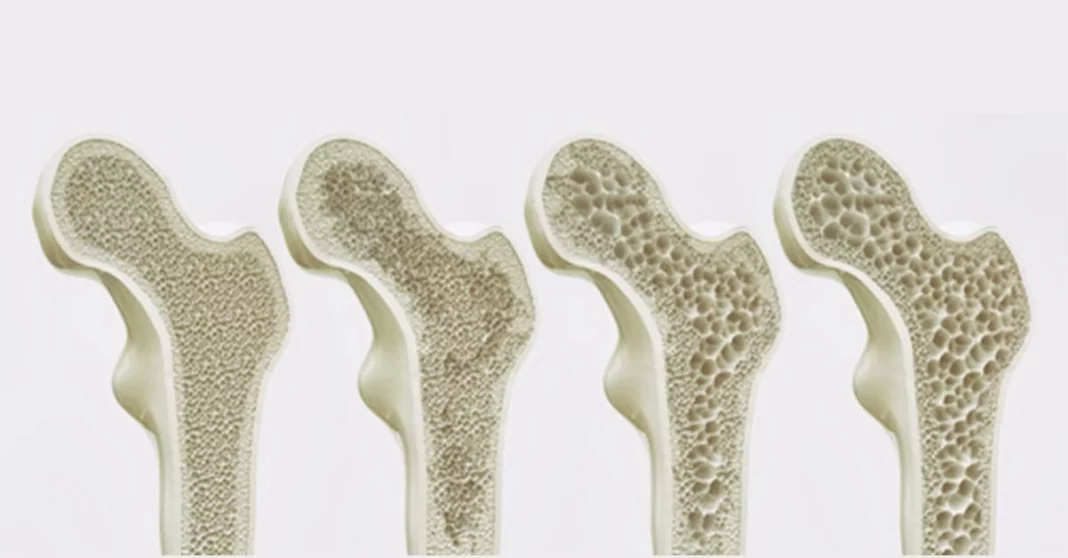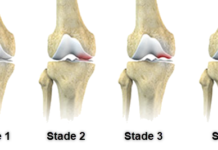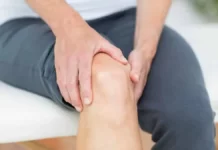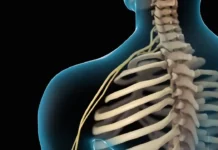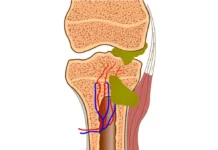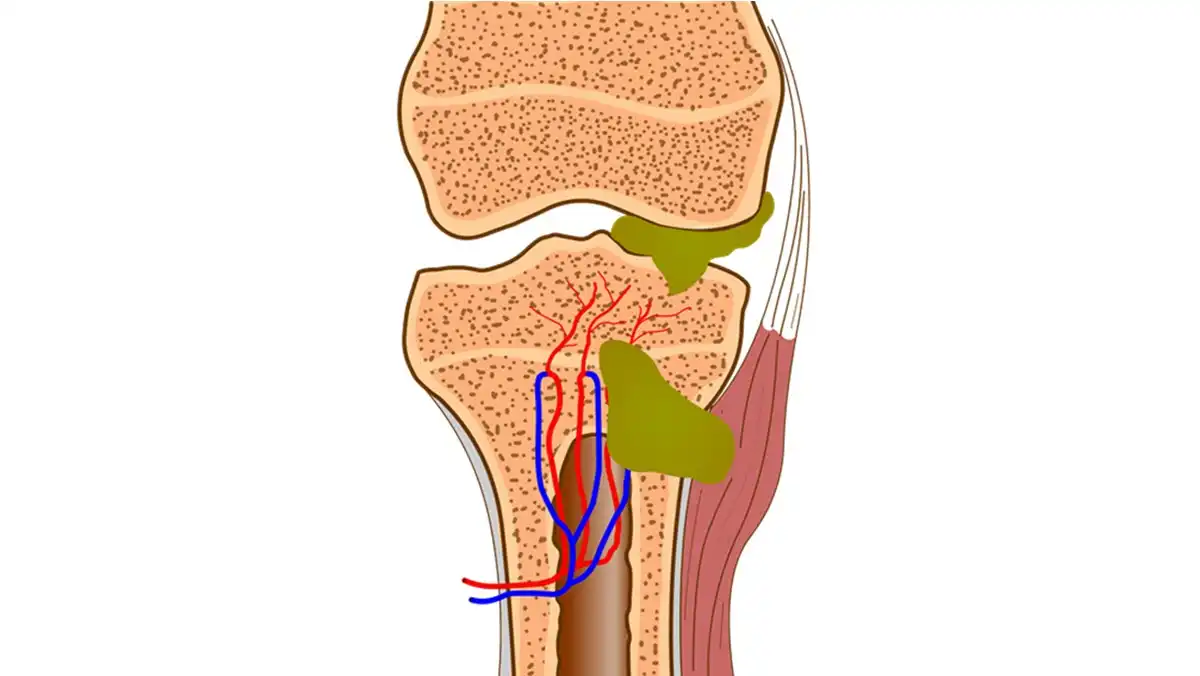Hyperparathyroidism is a condition of excessive secretion of parathyroid hormones, either by the parathyroid glands or an ectopic focus (usually a malignant tumor such as breast, lung or pancreatic cancer) leading to multisystem manifestations. Bone disease occurs in about half of patients with the disease.
- The parathyroid glands produce parathyroid hormone.
- This hormone helps maintain a proper balance of calcium in the bloodstream and in tissues that depend on calcium to function properly.
- Parathyroid hormone
- Increases the concentration of calcium in the serum.
- Decreases the level of phosphate in the serum
- To achieve this goal, this hormone:
- Increases intestinal absorption of calcium
- Decreasing renal tubular excretion of calcium
OSTEOCLASTS (BONE RESORPTION CELLS) HAVE RANK RECEPTORS ON THEIR SURFACE WHILE
OSTEOBLASTS (BONE DEPOSITION CELLS) HAVE COMPLEMENTARY RANKL RECEPTORS TO THEIR SURFACE.
- PTH binds to osteoblasts via its own receptors and dissociates RANKL, which goes to and binds to its corresponding RANK receptor on osteoclasts, thereby activating them and causing bone resorption.
- Thus, for bone resorption, PTH acts via osteoblasts which further stimulate bone resorption cells, i.e. osteoclasts.
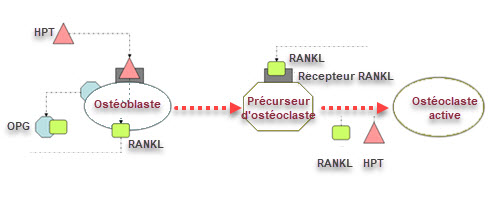
What happens when there is too much parathyroid hormone circulating in the body?
- Too much PTH tells the body to make more calcium available.
- The body responds with:
- Release more calcium into the blood from the bone (where most of your calcium is stored).
- The loss of calcium in the bone weakens them and increases the risk of fractures.
- The digestive tract absorbs more calcium from the foods you eat.
- The kidneys hold calcium back into the bloodstream instead of flushing it out in the urine.
- Too much calcium in your kidneys can cause kidney stones to form.
- Release more calcium into the blood from the bone (where most of your calcium is stored).

Presentation
Generalized osteopenia secondary to diffuse bone resorption
- Generalized bone pain: The bones may even be tender to palpation.
- Pathological fractures: Usually involve the dorsolumbar spine, neck and stem of the femur, and pubic branches.
- Brown tumors: In areas of particularly rapid bone loss, hemorrhage, restorative granulation tissue, and vascular fibrous tissue replace normal bone marrow, resulting in a brown tumor.
Symptoms
- Osteoporosis
- Kidney stones
- Excessive urination
- Abdominal pain
- Tired
- Depression
- Bone and joint pain
- Nausea, vomiting or loss of appetite
Radiography
- Generalized osteopenia
- leading to diffuse bone loss
- Brown tumors:
- present as expansive lytic cystic lesions seen primarily in:
- Mandible
- Maxillary
- Ribs
- Clavicle
- Pelvis
- present as expansive lytic cystic lesions seen primarily in:
- Subperiosteal resorption of the phalanges.
- Skull with salt and pepper appearance (diffuse dotted lines).
- Horizontal striped vertebrae resulting from alternating bands of bone loss and osteosclerosis in patients with renal osteodystrophy.

